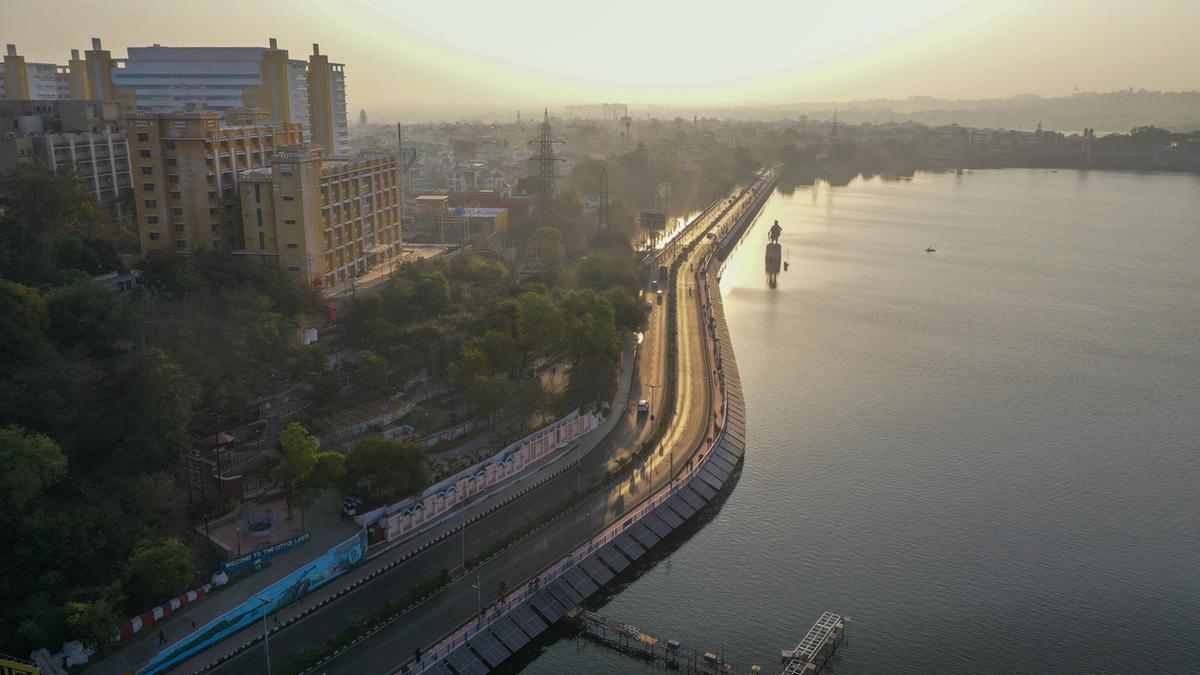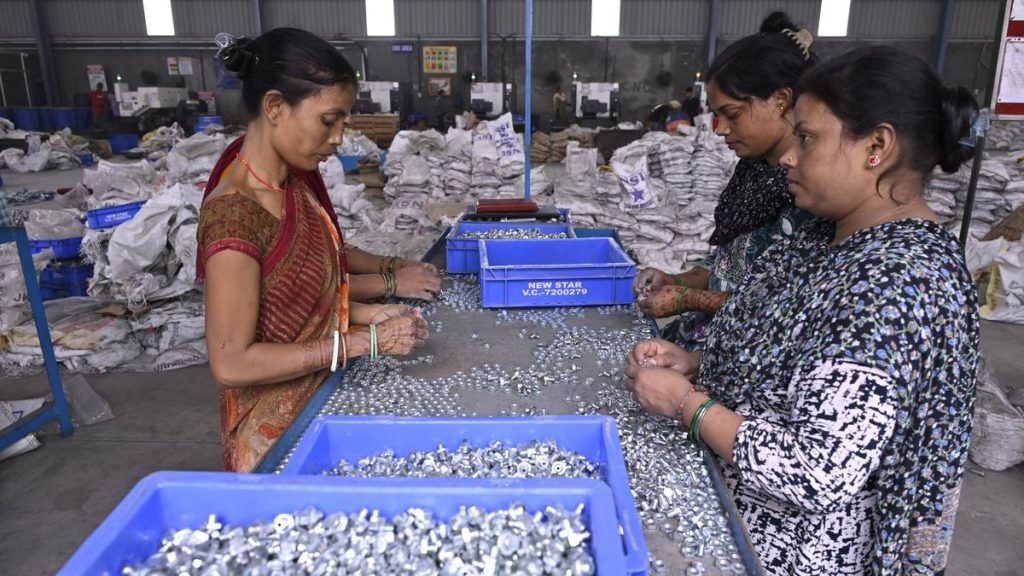Now Reading: Sehore’s Transformation: How Education Drives Madhya Pradesh’s Urban and Real Estate Boom
-
01
Sehore’s Transformation: How Education Drives Madhya Pradesh’s Urban and Real Estate Boom
Sehore’s Transformation: How Education Drives Madhya Pradesh’s Urban and Real Estate Boom

Quick Summary
- Real Estate Growth: Education-driven urbanization has significantly affected areas near Bhopal like Ashta, Sehore, and Bhauri. Land prices have surged post-COVID, from ₹120 per sq ft in 2017 to over ₹700 today. Nearby plots near IISER and NIFT saw similar hikes.
- Economic Impact: Farmers and locals transitioned into running PG hostels, food joints, kirana stores, transport services, etc., serving increased student demand.
- demographic Changes: Urban population growth is evident:
– Sehore’s city population rose from under one lakh to around 1.57 lakh.
– Kothri grew tenfold within two decades.
– urban literacy rates climbed above 84%, narrowing the gender gap as more women enroll in school.
- Social Challenges:
– Civic infrastructure struggles to keep pace with urbanization; slums house nearly 57% of Sehore’s city population.
– Water scarcity remains a critical issue; residents rely on expensive tankers during summer months priced up to ₹1000 each week.
– Rise in narcotics exposure among students has sparked official concern; local drug use statistics show growing prevalence.
- Student Voices:
– Riya Sharma (VIT): PG rents doubled from ₹8K (2022) to ₹15K today; limited non-veg food options remain an issue despite higher costs.
– Arjun Singh (IISER): Rent for studio apartments now exceeds ₹15K while housing lacks good ventilation or windows for airflow.
- Parent Viewpoint and Regional Benefit: Affordable rent compared to other metro cities encourages middle-class families nearby Bhopal to stay locally rather of sending children far away for education opportunities.
Indian Opinion Analysis
The transformation of suburban regions such as Sehore around Bhopal showcases the profound impacts educational institutions can have on regional economies and demographics. The surging land values highlight economic opportunities but also carry implications for equitable growth-rising costs may exclude lower-income groups over time while straining civic infrastructure.
The spillover benefits include increased entrepreneurship among locals converting rural livelihoods into service-based businesses serving student populations-an indication that educational hubs catalyze holistic growth across industries like retail and housing sectors.
However, accompanying challenges such as water shortages, potential environmental stressors due to rapid construction alongside narcotic threats underline systemic gaps requiring urgent intervention. Infrastructure development should match this scale of socio-economic transformation if it is not simply exacerbating inequalities between urbanized centers versus peripheral rural belts remaining less developed environmentally safe buffer pressed ⬜️
For more read full 🧩 Assistant























